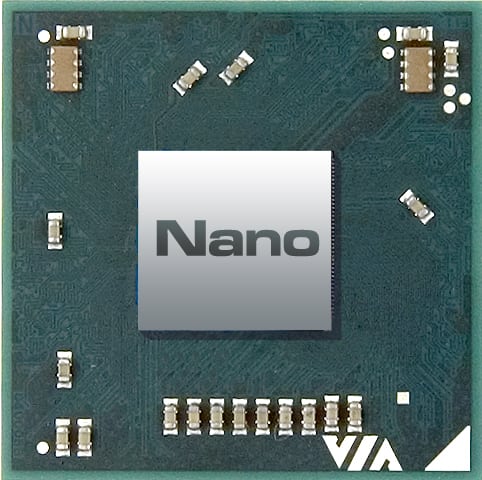
Electrochemical and optical detections are widely applied in biochemical sensing. Traditionally, electrochemical sensing happens on electrodes, and optical sensing happens on materials with spectral effects. Is there a device that can be used for both electrochemical and optical detection?
In our recent study titled “Mutual promotion of electrochemical-localized surface plasmon resonance on nanochip for sensitive sialic acid detection,” published in the journal Biosensors and Bioelectronics, we have identified the nanochip-based electro-optical spectroscopy and its enhancement mechanism in electrochemical-localized surface plasmon resonance.
Nanochip-based LSPR
Localized surface plasmon of the nanoparticles (LSPR) is a special optical phenomenon of noble metal nanoparticles. With the development of lab on a chip, LSPR-based nanochips with arrays of nanoparticles fixed on a solid nanostructured substrate have received great attention.
Compared to isolated nanoparticles, nanochips with the relaxed constraints of nanoparticle morphological variations would contribute to accelerating data acquisition and improving the signal-to-noise ratio. Therefore, LSPR-based nanochips have provided promising features of uniform spatial structures which could be considered as a beneficial tool for stable and sensitive LSPR detections.
Electro-optical spectroscopy
Plasmon-induced charge separation was concentrated on the metal nanoparticle’s surface, which resulted in excited energetic charges of the hot-electrons and hot-holes. If the electrons’ energy exceeded the work function of the material, photoemission would be generated from the photoexcited electrons through electrons-electrons and electrons-phonons collisions. Following light absorption and LSPR excitation on the nanochip, electromagnetic decay took place on a femtosecond timescale and transferred the energy non-radiatively to hot-electrons.
After non-radiative surface plasmon decay, the hot-electrons would deviate away from the electron equilibrium state and be excited above the Fermi energy to assist electrochemical reaction. With the driving force from the electrochemical signals, hot-electrons became more active leading to an enhanced propagation of surface plasmon resonance. This process could also effectively inhibit the recombination of hot-electrons with hot-holes to stabilize LSPR reaction. Thus, mutual promotion of electrochemical-LSPR played an important role in sensitive and efficient electro-optical detection.
Sensing applications
Electrochemical-LSPR is based on the particular electronic modes in which free electrons oscillation is excited by the light strikes and electric excitation on metallic nanostructures. Here, nanochip-based electrochemical-LSPR was put forward for sialic acid sensing to explore the effect in biochemical sensing.
The nanochip was modified with gold and silver nanoparticles, on which electrochemical signals activated the electrons to promote the propagation of surface plasmon, LSPR concentrated the electrons to enhance the current, simultaneously. Therefore, mutual promotion of electrochemical-LSPR on nanochip covered a low detection limit of 17 μM on sensitive sialic acid detection. In consideration of the wide application in both electrochemical and optical detection, the nanochip opens up a new perspective on sensor design in the future.
These findings are described in the article entitled Mutual promotion of electrochemical-localized surface plasmon resonance on nanochip for sensitive sialic acid detection, recently published in the journal Biosensors and Bioelectronics.
This work was conducted by Shuang Li, Jinglong Liu, Yanli Lu, Sze Shin Low, and Qingjun Liu from the Department of Biomedical Engineering in Zhejiang University; Long Zhu and Candong Li from the Collaborative Innovation Center of TCM Health Management in Fujian University of Traditional Chinese Medicine; Lijiang Hu and Jun Li from the Heye Institute for Intelligent Healthcare; Jing Jiang from Department of Electrical and Computer Engineering, University of Illinois at Urbana-Champaign.








